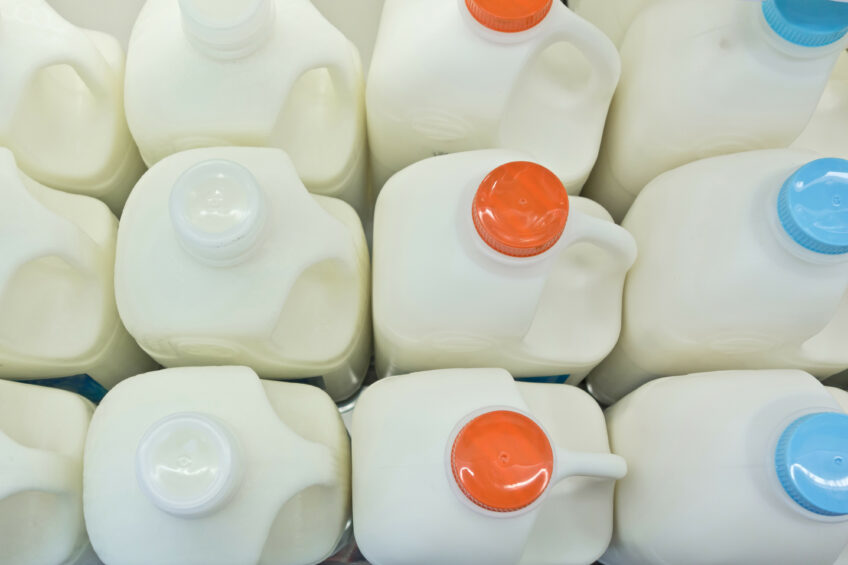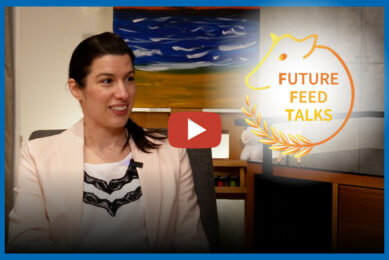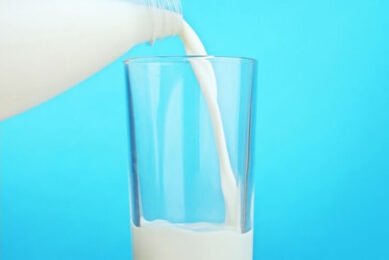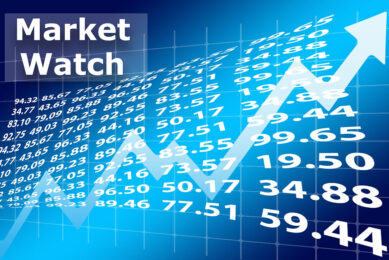Rabobank releases dairy and beef outlook

Dairy trade has been impacted by several major factors over the last 3 years. This is stated by Rabobank. For beef, the bank expects global growth.
The Dutch agricultural bank releases its World Dairy Map 2016 last November. In the accompanying information the bank addresses that the Russian trade embargo, the slowing demand growth from China, the impact of low oil prices on demand from oil exporting countries and the strengthening of the US dollar all had a major impact on global dairy trade.
In addition, the expansion of production surrounding the removal of production quotes in Europe added to the pain and resulted in a period of extremely low world dairy prices.
Future outlook dairy
Rabobank expects that the Russian ban will be in place at least until 2017. Demand from China will continue to grow but at a slower rate. This will mean that dairy trade is likely to grow at a slower rate than in recent years, driven more by population growth than per capita consumption increases. It is also expected that Sub-Saharan Africa becomes more of interest for dairy trade. This is because the population is set to double by 2050, hence meaning more demand for dairy products. The dairy sector in New Zealand is likely to grow much bigger, as land availability becomes a limiting factor.
Also interesting: Dairy demand fragile, but growing
What about beef production?
In another recent report from Rabobank (Prices Under Pressure in a Supply-Driven Market: Global Outlook for Animal Protein in 2017) the outlook for the beef sector was further explained. In the US, production is expected to continue growing, mainly driven by burdensome feed grain supplies and large forage supplied. But also the strong dollar and uncertainty over future trading relationships with China and Mexico create potential headwinds for American producers. The US is currently the world’s largest exporter of pork to China, excluding the EU. For beef, Rabobank expects an additional production growth of 2.5-3% for next year, on top of a 4.5%-5% growth rate in 2016. The bank predicts that beef cattle prices will remain more stable compared to the last 18 months, bringing opportunities for better marketing and margins.
Also interesting: Blaming each other for low milk prices
Beef production in Argentina is ready to start increasing in 2017 hence higher exports, particularly to China, the EU, Chile and Israel. The availability of dairy cows in the EU remains high, but driven by low prices and, especially for the Netherlands, rising manure challenges.
Both Australia and New Zealand are again expected to see restricted beef supplies in 2017, due to the herd-rebuilding process after the draught and lower dairy prices. But Rabobank expects that 2017 will also see improvements for the beef industries in this region of the world.
Join 13,000+ subscribers
Subscribe to our newsletter to stay updated about all the need-to-know content in the dairy sector, two times a week.










